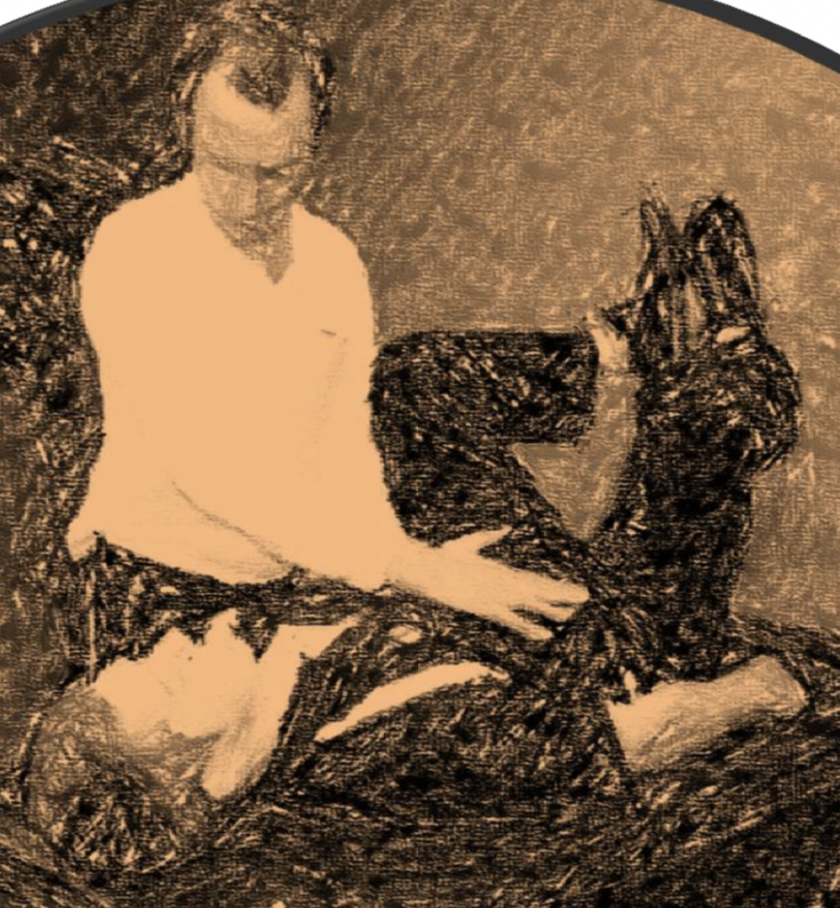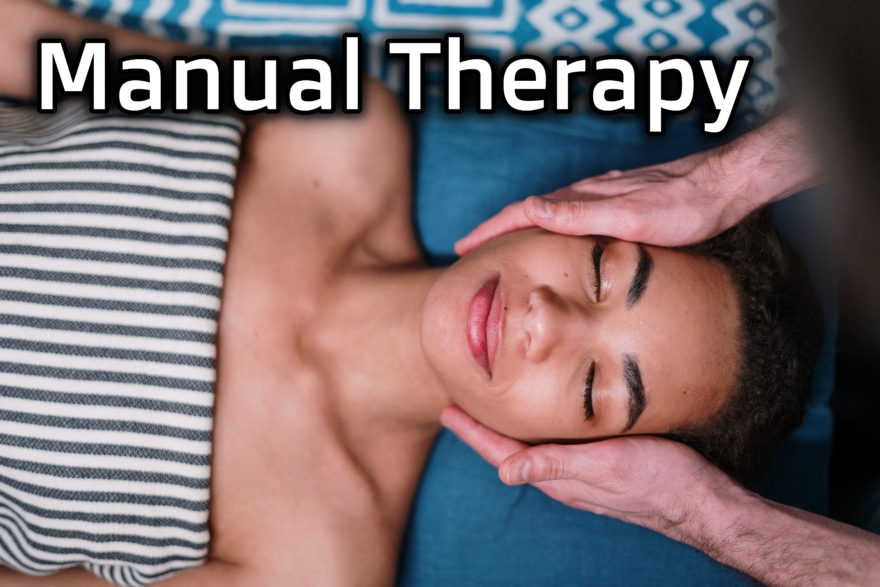Table of Contents
Does manual therapy have a place?
Manual therapy is one of the more polarizing topics in the movement world, and no doubt you might wonder if this modality is efficacious for improving pain and/or movement.
The evidence on manual therapy in isolation is mixed, but perhaps the modality itself is not the problem.
Perhaps the problem is not having a model that can explain the utility of manual therapy, when to use it, and why.
With a decision-making model, manual therapy is something that can most definitely fit within the interventions you like.
Ready to see how manual therapy can be best applied for your supreme clientele?
Then check out Movement Debrief Episode 139 below!
Watch the video below for your viewing pleasure, or listen to the podcast if you can’t stand the sight of me 🙁
and the audio version:
If you want to watch these live, add me on Instagram.

 t
tShow notes
Check out Human Matrix promo video below:
Below are some testimonials for the class:
Want to sign up? Click on the following locations below:
February 20th-21st, 2021, Atlanta, GA (Early bird ends January 17th at 11:55 pm!)
April 10th-11th, 2021, Warren, OH (Early bird ends March 14th at 11:55 pm)
May 29th-30th, 2021 Boston, MA (Early bird ends April 25th at 11:55 pm!)
August 14th-15th, 2021, Ann Arbor, MI (Early bird ends July 18th at 11:55 pm!)
September 25th-26th, 2021, Wyckoff, NJ (Early bird ends August 22nd at 11:55 pm)
November 6th-7th, 2021, Charlotte, NC (Early bird ends October 3rd at 11:55 pm)
Dickinson College in Carlisle PA (POSTPONED DUE TO COVID-19) [Approved for 14 Category A CEUs for athletic trainers]
Montreal, Canada (POSTPONED DUE TO COVID-19) [6 CEUs approved for Athletic Therapists by CATA!]
Or check out this little teaser for Human Matrix home study. Best part is if you attend the live course you’ll get this bad boy for free! (Release date not known yet 🙁
Here is a signup for my newsletter to get nearly 5 hours and 50 pages of content, access to my free breathing and body mechanics course, a free acute:chronic workload calculator, basketball conditioning program, podcasts, and weekend learning goodies:
[yikes-mailchimp form=”1″ submit=”Get learning goodies and more”]
Manual therapy for osteoarthritis of the hip or knee – A systematic review – manual therapy is better than exercise for hip OA. Oops.
Evidence in Motion – They are a big con ed group in my profession. Never taken a class, but they do a lot of research.
Spinal Manipulation Institute – These guys do A TON of research on manual therapy. You’ll want to check out all the work they’ve put out.
Bill Hartman – My mentor Daddy-O Pops himself. He says lots of wise words on how to build a model.
The Mechanisms of Manual Therapy in the Treatment of Musculoskeletal Pain: A Comprehensive Model – This article overviews the neurophysiological effects of manual therapy.
The Effects of Manual Therapy on Connective Tissue – This paper goes into some of the viscoelastic properties of tissues in relation to manual techniques.
Fascial plasticity – a new neurobiological explanation: Part 1 – This article gets in the weeds in all the right ways for manual interventions.
Elevate Sports Performance and Healthcare – This is the team ya boi works with. Finally, a comprehensive model to help peeps in Las Vegas.
Manual Therapy Musings – A post I did outlining some of my favorite manual techniques
Postural Restoration Institute – They have quite a few useful ribcage mobilizations.
Greenman’s Principles of Manual Medicine – A great text that has a ton of manual therapy options.
Gibbons and Tehan – I’ve heard good things about their manipulation course
ART – Expensive as hell, but a great review of anatomy and a pretty quick technique
Dermoneuromodulation – Love this very gentle soft tissue technique
Acupuncture applied as a sensory discrimination training tool decreases movement-related pain in patients with chronic low back pain more than acupuncture alone: a randomised cross-over experiment – A potentially useful way to apply dry needling.
Maitland – One of the classic places to learn joint mobilizations
Mulligan – His joint mobilizations are great, as movement is involved along with it.
Is manual therapy effective?
Question: I’ve been in a “structural integration” training program (aka rolfing), and can’t help but notice that some prominent PTs seem to hate any method of manual “myofascial release” or which seems to have an effect on the myofascial matrixes and ease of movement in portions of the body.
Why is this? Clearly, people do improve from manual therapy, and while it is not the only answer, and can be better or worse, it seems to be wholly discredited as a pseudoscience, implying merely a placebo effect. But shouldn’t there be credence to the case-studies, instead of picking-and-choosing studies with the intent to discredit contrasting strategies?
To be frank, it seems like unnecessary bullying, as each professional seems to have a tendency to smack-talk other modalities. In short, do you think manual therapy (increasing “fascial glide”) is useless or inefficient, or that they may be a synergy between manual therapy and coached movement?
Thank you for what you do.
Answer: To say that manual therapy is useless is a bit hyperbole. Although the evidence isn’t definitive (what is in our field), there are a few different areas where it has shown to be effective. In fact, in hip osteoarthritis, manual therapy has been shown to be more effective than exercise (GASP!!!).
To completely throw out manual therapy is potentially missing out on a worthwhile treatment that can help your supreme clientele. Chances are, it’s likely more than a placebo. There are neurophysiological and viscoelastic changes that can occur because of manual interventions, and there are several other variables that we simply aren’t measuring.
For me, manual therapy plays a role in my care, with the intent that it is used to change objective tests meaningful to both myself and the patient.
There are three specific instances in which I use manual techniques:
- As a regression from active exercise
- Symptom management
- Patient preference
If a client cannot achieve the position they need to be successful (e.g. sacral rotation or a full exhale), you can use manual interventions to put them into the position needed, building context so the client can at some point actively get there.

I also use manual techniques if someone needs increased symptom relief after exercise. Sometimes, a local input can help reduce symtpoms for a shorter period of time, allowing them to exercise more effectively.
Lastly, if a patient wants to be touched, I do not see the harm in getting them the hands on contact. We are social creatures, social grooming is in our DNA, give your surpreme clientele a bit of what they want, then you’ll have the buy-in to give them what they need!
What manual therapy techniques do I recommend
Question: What types of manual therapy techniques do you most recommend?
Answer: There isn’t one specific technique that is going to lead to profound results versus others. You have to choose what you are comfortable with executing and which changes relevant objective measures.
That said, I discussed some of my most used techniques here. It’s a bit of an older post, but much of the framework remains.
There are different methods that I gravitate toward now then in that post. Here is the list:
- Ribcage and pelvic mobilizations: Some of these I’ve gotten from PRI, some from Greenman, and some I’ve just made up.
- Joint Manipulations: Mostly spine and extremities, often for symptom relief and to gain particular ranges of motion.
- Dry Needling: I don’t use often, but I do have some of my population request it. It’s quite effective and can be performed fairly quickly
- Soft tissue mobilization: I’ve taken ART in the past and Dermoneuromodulation, which are both my top choices. The former for speed, the latter for those who are a bit more sensitive or acute in symptoms. Sometimes I’ll just do some classic manual contact holds.
- Joint mobilizations: I’ve grown to appreciate the utility of these techniques more. I’ll usually start passively, then glide into a position while the patient peforms the movement with me, and then choose an active exercise to reinforce.
The Best Manual Therapy Techniques
Question: Do you use manual therapy for example to release posterior lower compression?
Answer: Yes. You can see many of the techniques I use in the video, but the major key is to use your hands to “block” the places you don’t want air, which forces air to go in the places you oh so desire.
Sum Up
- There is some research to support manual therapy and is particularly effective when applied in a cohesive model
- There is no specific technique that is better than others
- Utilize test-retest methods to determine treatment efficacy.

